can you propagate maples via air layering?
Sarah80
10 years ago
Related Stories
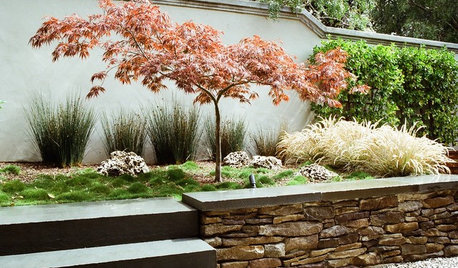
GARDENING AND LANDSCAPINGGreat Design Tree: Japanese Maple
Lacy form and fiery fall color make Japanese maple a welcome tree for garden or patio
Full Story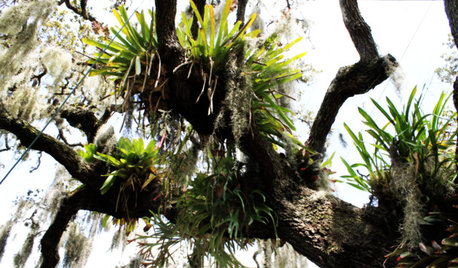
GARDENING GUIDESGot a Hot, Humid Landscape? Add Tropical Flair With Air Plants
Turn tree trunks and walls into lush canvases with plants adapted to the canopies of the rainforest
Full Story
DECORATING GUIDES10 Ways to Hide That Air Conditioner
Feeling boxed in designing around your mini-split air conditioner? Try one of these clever disguises and distractions
Full Story
LIFE6 Ways to Cool Off Without Air Conditioning
These methods can reduce temperatures in the home and save on energy bills
Full Story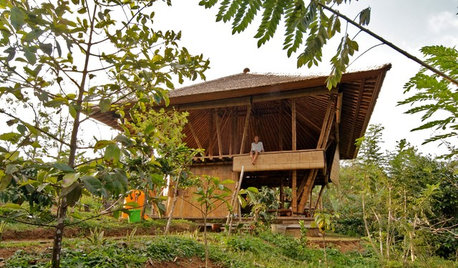
MOST POPULARMy Houzz: Open-Air Living in the Mountains of Bali
Community, jaw-dropping beauty and sustainability come together in a tropical paradise for a London expat
Full Story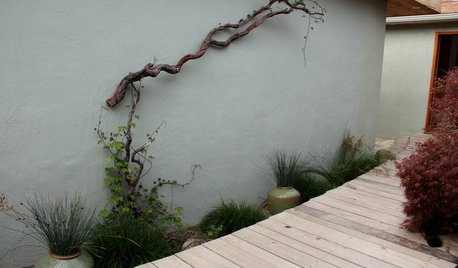
DECORATING GUIDESSee How Wabi-Sabi Can Bring Harmony and Beauty to Your Home
Create your own wabi-style style with beautifully weathered, humble materials around the house
Full Story
PETS5 Finishes Pets and Kids Can’t Destroy — and 5 to Avoid
Save your sanity and your decorating budget by choosing materials and surfaces that can stand up to abuse
Full Story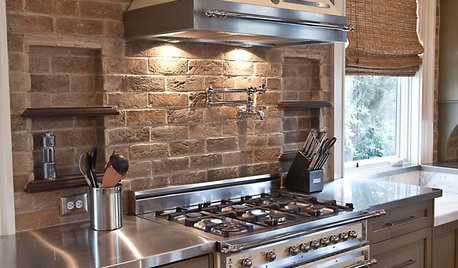
KITCHEN DESIGNYes, You Can Use Brick in the Kitchen
Quell your fears of cooking splashes, cleaning nightmares and dust with these tips from the pros
Full Story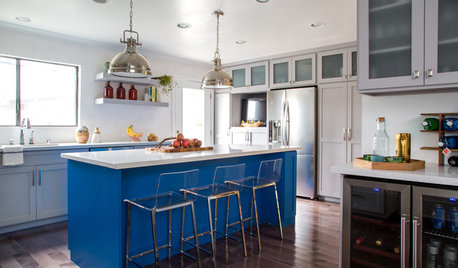
KITCHEN OF THE WEEKKitchen of the Week: We Can’t Stop Staring at This Bright Blue Island
A single mom updates her childhood kitchen, so she and her daughter have a functional and stylish space
Full Story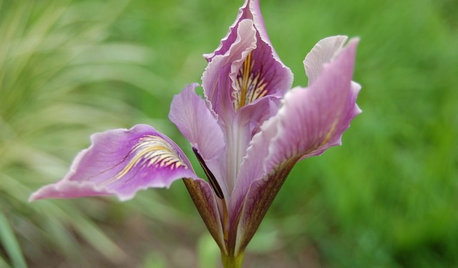
FLOWERSPaint a Garden Delightful With Iris
Charming and colorful, irises propagate easily, are hardy in many soils and climates, and unfold with layers of beauty
Full Story





kbguess
botann
Related Professionals
Danbury Landscape Architects & Landscape Designers · Fort Lee Landscape Architects & Landscape Designers · Glassmanor Landscape Architects & Landscape Designers · Hershey Landscape Architects & Landscape Designers · Norton Shores Landscape Architects & Landscape Designers · Tomball Landscape Architects & Landscape Designers · Euclid Landscape Contractors · Franklin Landscape Contractors · Lexington Landscape Contractors · Olympia Landscape Contractors · Pleasant Hill Landscape Contractors · Kingsburg Landscape Contractors · Vadnais Heights Landscape Contractors · Turlock Fence Contractors · Wilmette Fence Contractorsdjimb
tapla (mid-Michigan, USDA z5b-6a)
pondgazer
tapla (mid-Michigan, USDA z5b-6a)
pondgazer
tapla (mid-Michigan, USDA z5b-6a)
pondgazer
tapla (mid-Michigan, USDA z5b-6a)
HU-732308302
tapla (mid-Michigan, USDA z5b-6a)
HU-732308302
tapla (mid-Michigan, USDA z5b-6a)
mblan13